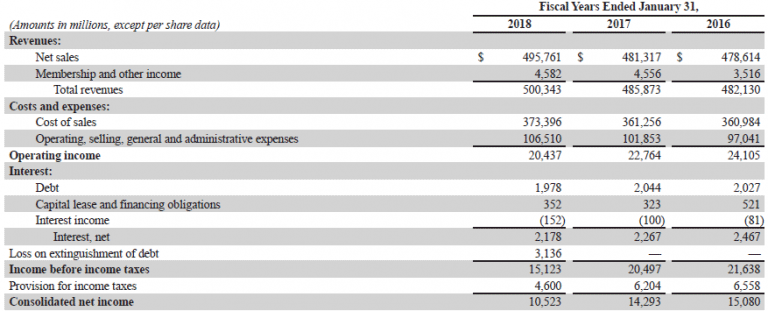
Such a provision constitutes a participation right because it results in a noncontingent transfer of value to the holder of the forward contract for dividends declared during the forward contract period. Earnings per share (EPS) is of two types – (i) basic earnings per share (BEPS) and (ii) dilutive earnings per share (DEPS). Which type of EPS a company needs to report in its financial statements depends on its capital structure.
Earnings per share (EPS) FAQs

Learn financial statement modeling, DCF, M&A, LBO, Comps and Excel shortcuts. One caveat, however, is that high-growth companies with minimal profits at the “bottom line” can still obtain high valuations from the market. All else being equal, the market tends to be willing to pay more for companies with higher net profits. Rolling EPS gives an annual earnings per share (EPS) estimate by combining EPS from the past two quarters with estimated EPS from the next two quarters. Earnings per share can be distorted, both intentionally and unintentionally, by several factors. Analysts use variations of the basic EPS formula to avoid the most common ways that EPS may be inflated.
Impact of Basic Earnings Per Share
Of the $250 million in net earnings, $25 million was issued to preferred shareholders in the form of a dividend. The section will contain the EPS figures on a basic and diluted basis, as well as the share counts used to compute the EPS. The determination of a “good” basic EPS number depends on various factors, including the industry, company size, growth prospects, and investor expectations.
Types of earnings per share
That is not good for a shareholder who invests for dividends, but it might be good for someone who looks for rising share values. Bankrate.com is an independent, advertising-supported publisher and comparison service. We are compensated in exchange for placement of sponsored products and services, or by you clicking on certain links posted on our site.
Whether adjusted or unadjusted (also known as GAAP net profit, as its calculation confirms to Generally Accepted Accounting Principles), the “earnings” in “earnings per share” almost exclusively refers to net profit. Stock buybacks and new stock issuance are two methods for publicly-traded companies (post-IPO) to directly impact their number of outstanding shares. The number of shares repurchased is calculated by taking the strike price multiplied by the new shares—divided by the market share price. Suppose we’re tasked with calculating the earnings per share (EPS) of a company that reported $250 million in net income for fiscal year 2021. That is why you should look at the P/E ratio (Price/Earnings ratio) and basic EPS.
Shareholders of participating preferred shares receive dividends that match the specified rate of regular preferred dividends and an additional sum based on a pre-existing condition. This implies that noncumulative shareholders do not build up over time as cumulative preferred investors pay dividends in arrears. Preferred shares, as the name implies, give preference to preferred shareholders and pay them dividends before common ones. The most commonly used version is the trailing twelve months (TTM) EPS, which can be calculated by adding up earnings per share for the past four quarters. A higher EPS, all else equal, is favorable as it represents increased profitability to the firm. One must check how many shares are outstanding and consider both historical EPS and forward projections in addition to current results.
- A higher EPS means a company is profitable enough to pay out more money to its shareholders.
- When you’re analyzing an income statement, it’s vital to know the difference between earnings per share (EPS) and diluted earnings per share (diluted EPS).
- Diluted EPS is calculated by dividing the $10 million in net profit by the 10.5 million in diluted shares, giving a result of 95 cents.
- This may influence which products we review and write about (and where those products appear on the site), but it in no way affects our recommendations or advice, which are grounded in thousands of hours of research.
- For example, an employee with a vested option to buy a stock at $1 per share won’t exercise that option when the stock is trading at $0.75 per share.
Although EPS is widely used as a way to track a company’s performance, shareholders do not have direct access to those profits. A portion of the earnings may be distributed as a dividend, but all or a portion of the EPS can be retained by the company. Shareholders, through their representatives cake decorator job description on the board of directors, would have to change the portion of EPS that is distributed through dividends to access more of those profits. Any stock dividends or splits that occur must be reflected in the calculation of the weighted average number of shares outstanding.
Historical earnings, on the other hand, are set in stone but may not fairly represent a company’s legitimate growth potential. For example, a startup tech company with a lot of potential may have a lower EPS than an established healthcare company. But investors may be willing to pay a higher P/E ratio for a smaller, faster-growing company than a slow-growing or stagnant company. Any estimates based on past performance do not a guarantee future performance, and prior to making any investment you should discuss your specific investment needs or seek advice from a qualified professional.
